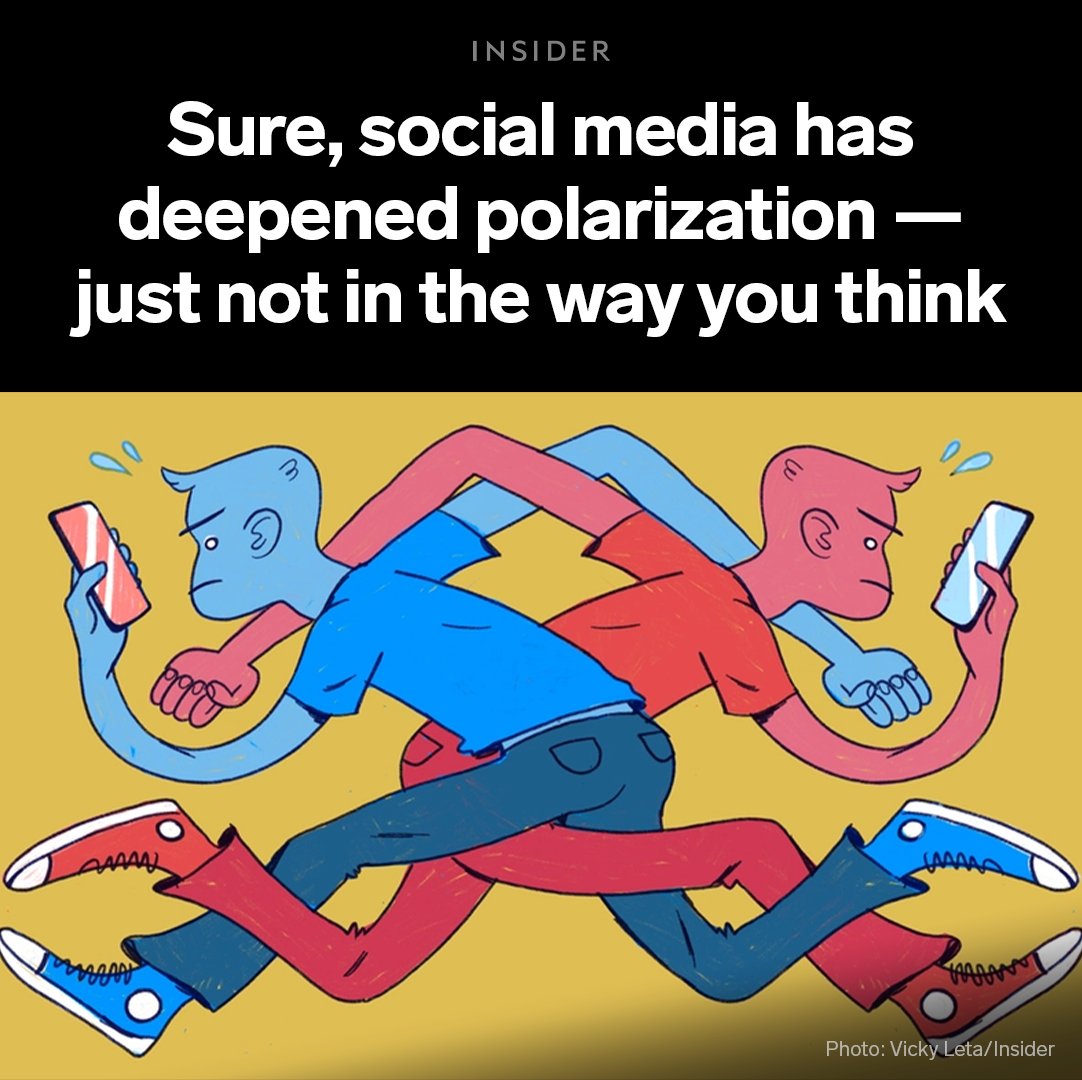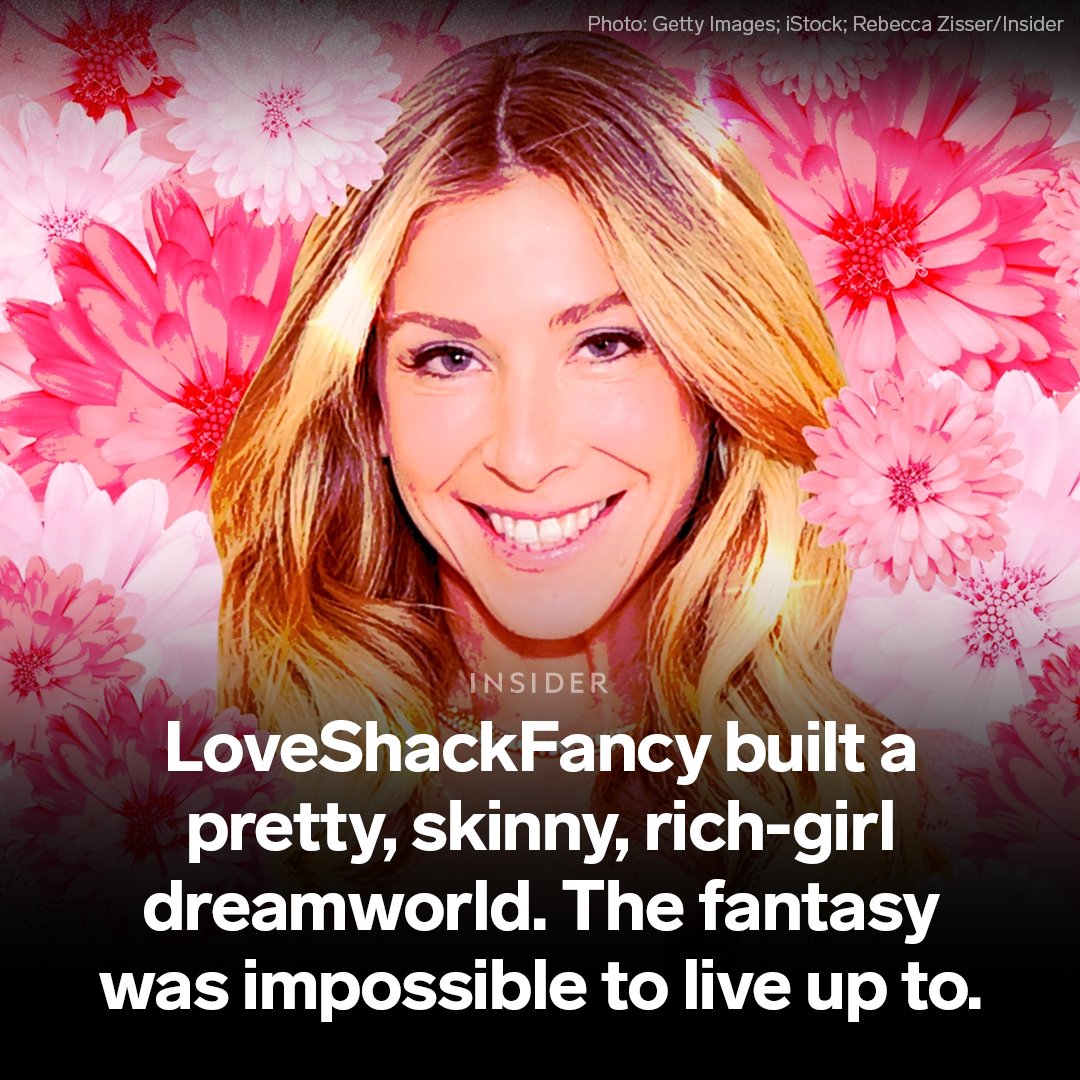The way the South Asian diaspora has been grieving loved ones has changed amid the pandemic.
A once collectivist experience has been replaced with isolation and anxiety, having unique effects on how they view their cultural identities.
insider.com/covid19-pandem…
A once collectivist experience has been replaced with isolation and anxiety, having unique effects on how they view their cultural identities.
insider.com/covid19-pandem…

Pre-pandemic, South Asians often relied on huge support systems of family and friends to look after each other. And in times of grief, they would open their homes to mourn together through customs and prayer.
insider.com/covid19-pandem…
insider.com/covid19-pandem…
For Saurav Dutt, to have the honor of Hindu death rituals taken away by the pandemic felt like he was "cheating the person who has passed away of the ritual that they deserved."
Aman Sehdev said that grieving the loss of his Nana (maternal grandfather) away from his extended family left him "soul searching" to better understand his cultural upbringing – something that he "consistently struggles with."
insider.com/covid19-pandem…
insider.com/covid19-pandem…

Some South Asians have felt that Western culture can undermine how they grieve.
When Apoorva Jadhav lost her uncle, and described him as a "second father," her workplace said she could only take time off for the loss of an immediate family member.
insider.com/covid19-pandem…
When Apoorva Jadhav lost her uncle, and described him as a "second father," her workplace said she could only take time off for the loss of an immediate family member.
insider.com/covid19-pandem…

Komal Chohan lost her Nani (maternal grandmother) in the mass shooting at a FedEx facility in Indianapolis in April.
Her grief quickly went from “sadness to anger” because of the “bias” people had against her and her community.
insider.com/covid19-pandem…
Her grief quickly went from “sadness to anger” because of the “bias” people had against her and her community.
insider.com/covid19-pandem…

During such a difficult time, what Komal valued was seeing so many ethnic minorities come together for the virtual vigils honoring the death of her Nani, and the other victims of the Indianapolis shooting.
insider.com/covid19-pandem…
insider.com/covid19-pandem…

Dr. Devika Srivastava, a psychologist focused on the study of South Asian Americans, predicts that the anxiety around infecting other family members will persist post-pandemic, changing how South Asian communities come together.
insider.com/covid19-pandem…
insider.com/covid19-pandem…

Even if these community spaces will remain virtual, Apoorva said she has seen some "positive offshoots" from it – like her scattered family making time to connect over Zoom.
insider.com/covid19-pandem…
insider.com/covid19-pandem…

Manmeet Chowdhry, who lost her mother over the pandemic, has found comfort in finding her mother’s traits in other loved ones.
"Their traits are just dispersed amongst the many. They're never gone.”
insider.com/covid19-pandem…
"Their traits are just dispersed amongst the many. They're never gone.”
insider.com/covid19-pandem…
• • •
Missing some Tweet in this thread? You can try to
force a refresh











